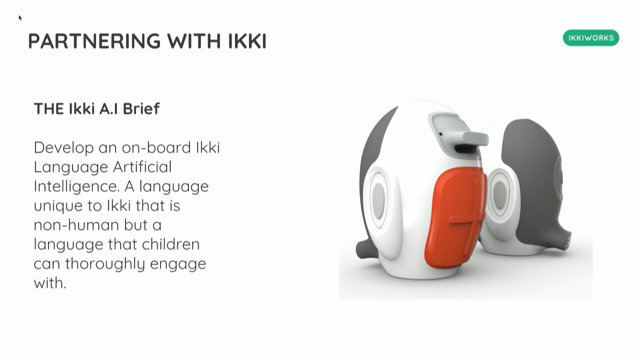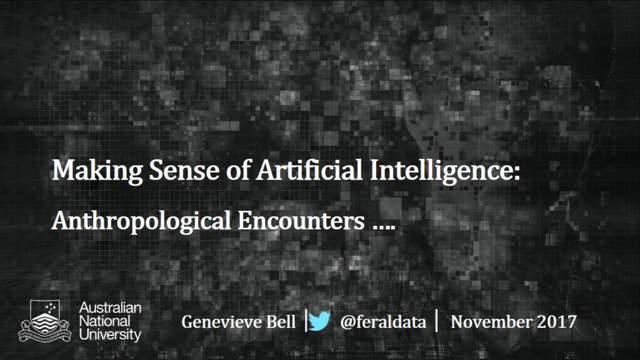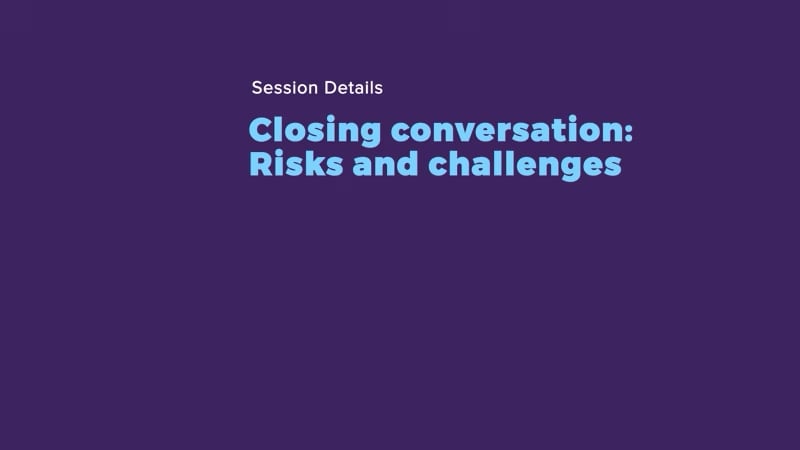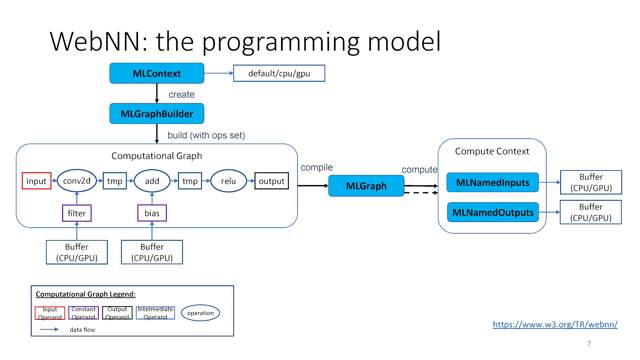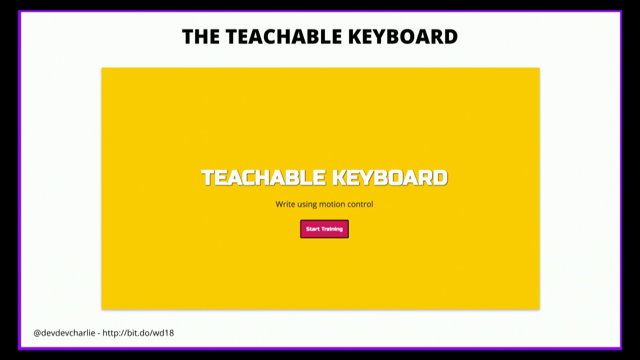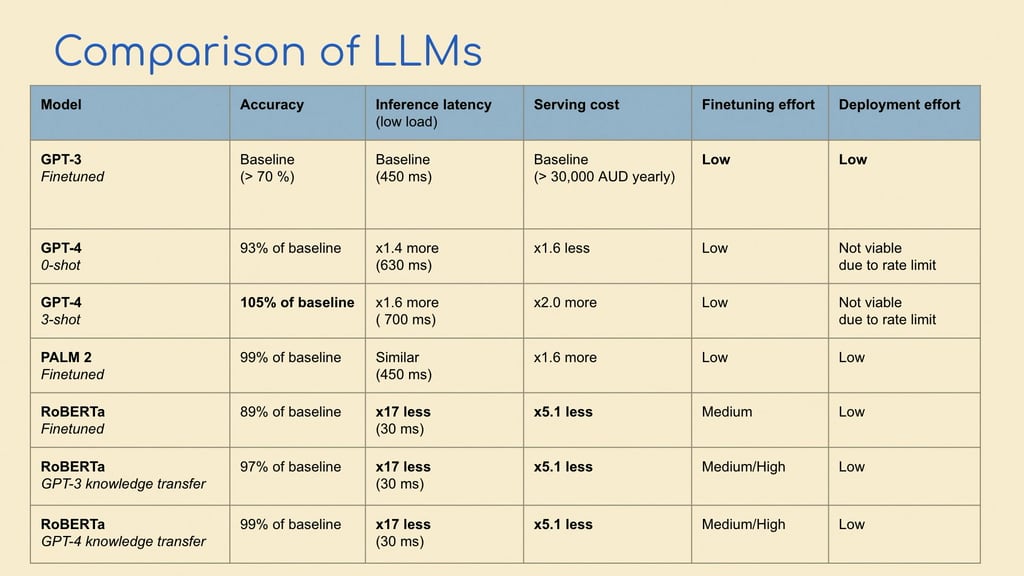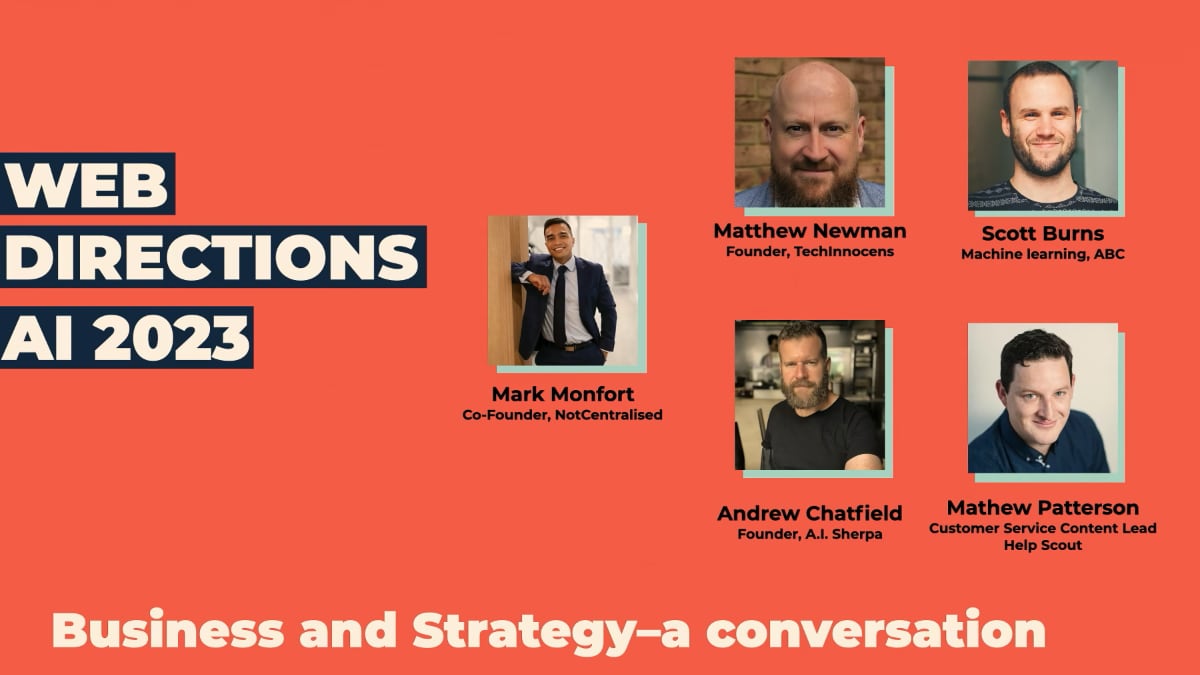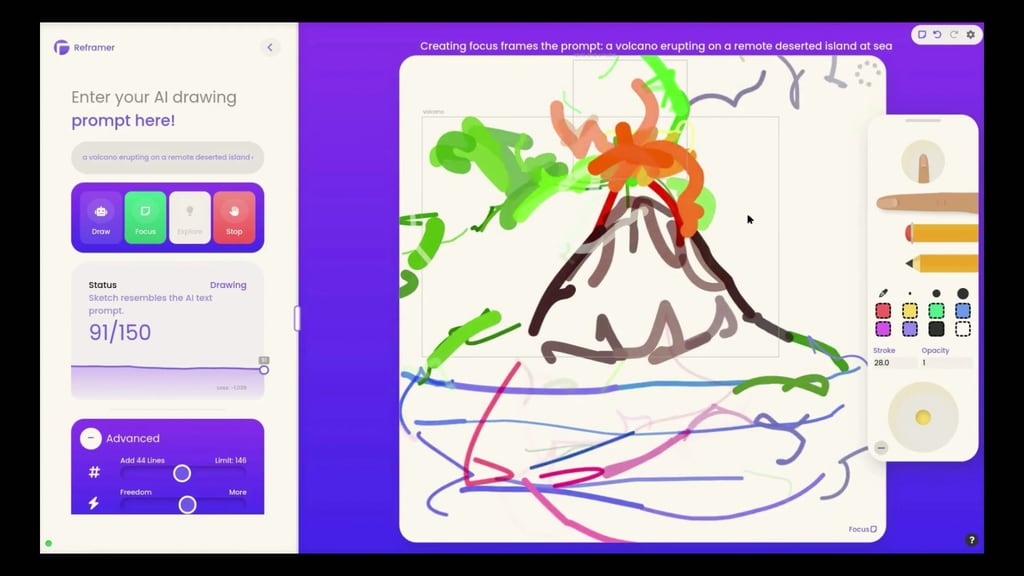
Introduction
Anna Dixon, from the ABC's Innovation Lab, introduces her talk on AI experiments, focusing on the use of AI for generating local weather bulletins for audio.
The Role of the Innovation Lab
Anna discusses the multidisciplinary nature of the Innovation Lab at the ABC, detailing their involvement in various projects and experiments with AI and emerging technologies.
AI in Enhancing Audience Experience
She highlights the lab's efforts in testing new strategies for social media, educational content, and the use of AI to improve audience experiences in different contexts.
Ethical Considerations in AI Usage
Anna touches on the importance of ethical considerations and trust in the use of AI, especially for a public broadcaster like the ABC.
AI for Localized Weather Updates
She presents a specific case study on using AI to generate localized weather updates for radio, addressing the challenges faced by radio producers and the audience's needs.
Testing AI for Automated Weather Updates
Anna details the process and rationale behind testing AI for creating localized, automated weather updates, aiming to improve efficiency for staff and relevance for audiences.
Experimenting with Script Generation
She explains the experiment with AI-generated script creation from weather data, aimed at reducing the workload of radio producers like Erica.
Solving Audience-Specific Problems
Anna discusses using AI to solve specific audience problems, like providing accurate local weather updates for listeners like David.
Experiment Objectives and Learning Goals
She emphasizes the importance of focusing on learning goals in AI experiments, including model accuracy, cost-effectiveness, and audience reaction.
Closing Remarks
Anna concludes her presentation with the promise of future updates on the outcomes of the AI experiments at the ABC Innovation Lab.
Thanks so much.
So I am going, we are, we've been running lots of different AI experiments and later on in the year I'll talk about more of them.
But today I've decided just to talk about everyone's favorite small talk topic, the weather.
Specifically local weather bulletins for audio.
So I am very lucky I get to work in this very fun niche little part of the ABC called the Innovation Lab.
And we are a multidisciplinary team of lots of different content makers, designers, developers, project managers.
And we partner with other parts of the ABC, like the AI ML team that Scott was representing today to do lots of piloting and experimenting in small scale regarding what kind of content challenges might be coming for the ABC in the coming years.
And we can run on these small scale experiments to then inform bigger strategies or larger business planning.
And at any one time, we might be doing lots, working on lots of different problems.
So for example, we might be building a Roblox world with ABC Kids, testing audio specifically that we've made for only listening to in the car.
We might be trialing a new strategy for an emerging social media app or we might be out in classrooms talking to teachers about this format that we've built to make it easier for them to show ABC videos in classrooms.
I'm a service designer, not an AI expert that's what our internal AI ML team's for, but I can speak to using AI with a human centered design approach, and understanding not only what it can do to help the organization, but what the impacts are on our staff and on our audiences, and our audiences from the ABC are every Australian.
So obviously the opportunities, as we've heard today for using AI at the moment, are endless.
There's almost as much hype at the moment for AI as there is for the Barbie movie, but we're trying to focus on separating that hype from what's actually practical and applicable right now and what we can get in market now to learn from audiences and learn from our staff.
And we're trying to balance those opportunities that do seem endless and overwhelming.
All these people come to us with ideas all the time of what kind of chatbots they want us to build.
But we really want to balance those with understanding the ethical considerations around the use of AI, especially from the ABC where our number one thing that we want to make sure Australians do is trust us.
We want to understand the sentiment and tolerance for AI generated content in production.
And we want to use AI in a way that builds trust, is rigorous, and is transparent regarding what we're doing, why we're doing it, and how it's being done.
But let's get specific, let's talk about the weather.
Picture a radio station.
Tippy top of Queensland, far northwest Queensland.
We've got Erica here, who is a radio producer, and she works on The Breakfast Show.
Getting everything together for her show can be pretty hectic.
There's loads of last minute changes.
She's got to keep on top of not only what's happening in the news, but what's going on in the local area.
She needs to know about the local sports results and any big sports results across the country or the world.
She also has to keep her guests that she's getting on, and there might be six or so guests in a breakfast show keep them all ready and organized and make sure that they're going to be on air at the right time.
And on top of all of that, she needs to make sure she's across what's happening in the weather.
She logs on to the Bureau of Meteorology and she needs to write a quick script because there's lots of things that you need to cover.
The temperature ranges, rain predictions, what's happening in the Gulf waters, and the top temperatures for the big areas across the region.
She tries to fit in a weather update, you might not have noticed this if you listen to the radio, but every seven to ten minutes in the breakfast show, because people are waking up, getting ready, they want to know what's, what to expect in the day.
And there needs to be a mix of minor, brief, and really comprehensive updates of how she delivers that weather, it might be four or five words as they go into a song, or it might be like a good chunk explaining what's going on throughout the day or the next few days.
So it's a fair bit to get done, but she does it as quickly as possible.
It's second nature, but she really wants to get back to preparing the questions that she has for an exercise expert that's coming on for her next show.
She doesn't really have enough time.
She's going to have to wing it a bit, but it's okay.
She's used to doing that.
Later on in the day we've got David.
And David's a 60 year old painter who lives in Corumba, and he's listening to the local radio.
He's planning to go fishing later on in the day, so he's keeping an ear out for the local weather forecast.
Yesterday he heard this long update where they said that there was gonna be a lot of rainfall, so he just wants to check if there's any wind or flood warnings.
He hears the weather update start, but it's really unhelpful.
It's a statewide forecast that doesn't give him any of the detail he needs for planning his fishing in the local area.
It's actually the same forecast as he heard earlier on in the day.
And he hates using the internet.
He won't do it if he can possibly avoid it.
So he'll probably just risk it.
Maybe he'll ask a friend, or maybe he'll even call the station and complain.
Really happens.
So there's two problems with the way that this is currently being done.
Firstly, local radio producers run off their feet, getting everything together, looking up and prepping the weather is an extra task that no one likes doing.
Secondly, during live radio programs, they do sometimes include local weather forecasts, like I told you about with Erica getting that ready.
But at other times, audiences hear a pre recorded statewide forecast that isn't updated outside of staffed hours.
So you can imagine why David wouldn't be happy with a weather update for all of Queensland, massive state with lots of different weather patterns going on in it, to help him for a fishing trip in a very small particular part of the country.
So maybe neither of these sound like the biggest problems in the world, I'll admit that, but it is a pain point for staff and it's a pain point for audiences.
Add that to the risk of being quite low if we get something wrong because weather forecasts aren't generally regarded as the most reliable things in the world.
And that makes it a really good problem for us to experiment with.
Add the data inputs that we have that we get from the Bureau of Meteorology and other national services.
And we have everything that we need to test out AI generated, localized weather updates that will take away an annoying and give audiences more relevant information.
And if we experiment with this in a small way, maybe that'll open up ideas for what else we could provide automated local updates for in the future on the radio.
So we worked out what we needed to do to make this happen.
What's the flow of data and systems involved that would allow us to get the weather data from the Bureau of Meteorology and all these other national services automatically out on the airwaves without people having to get involved along the way?
And we started with generating the script.
We have an internal system that collects the weather data from all those services I just mentioned.
And we can add a prompt to that weather data for an LLM to generate a weather bulletin script.
And ideally, we can get that to land straight into the scripting system that Erica and other producers would be writing that into anyway.
So that pretty much takes away that first problem.
Erika doesn't have to go and look up the weather and write a script on top of everything else she's doing.
She can just take that script, read it out on air.
But that still leaves us with David's problem, when the automated statewide forecasts are running.
So to solve that, we need to use AI to create an audio version of the script, which can run when the program isn't staffed.
BUt luckily last year we did a different project where we made some synthetic voices to test them reading out articles on the ABC News website.
So we have some experience here and we've already made a bunch of great voices, synthetic voices from our local radio talent that we can use so we just can skip a little bit forward in that part of the experiment and use a synthetic text to speech service to turn that script into audio.
Once we have that audio file, we need to think about the scale of the problem and getting it to the right audience.
We have 70 radio stations pumping out loads of programs every day.
So we want to make sure that someone in Hobart doesn't hear the weather for Northwest Queensland.
So we're planning to use dynamic insertion for this.
So you might be familiar with this if you think about ads.
So maybe you've heard you've been listening to a podcast, maybe an American podcast, and you'll hear an ad for a local service, an Australian service.
That is what will help us make sure that we can get those audio files into the correct program and once we've done that we can get the AI generated, AI voiced weather bulletin inserted into the correct program and David can get his weather update.
It is an experiment and the first most important thing for me about experiments is keeping a laser focus on what we want to learn.
Why are we doing this?
And let's make sure that we learn what we want to learn when we start out because it's very easy to go down different paths.
In each of those sections, we've got so many things that we want to learn, but focusing just on the LLM part, I'm glad I didn't focus too much on LLM comparisons because we just saw a really great thorough explanation of that, but we're doing a similar process.
So we want to know what model and prompt generate the best script.
We want to know how accurate that script is, and what level of human oversight is needed.
We've talked a bit about costs today, it's really important, especially if you think about the scale of 70, 24 hour a day radio stations, and what's required from a data management perspective.
And then we also want to learn from the audience.
So what's the audience reaction to this solution?
To test this I'm trying to we will get it set up in a small radio bureau, maybe far north Queensland.
And we're probably going to make it sort of part of the show and get people, get the audience in on it and trying to help us understand what they want, what's working, what's not working.
How does it work in practice in the radio station?
What's the potential for using this for different content types?
Maybe we could use it for sports results.
Maybe we could do something for cattle prices.
And then we really want to understand what people think about the ABC using AI generated content in production, both internally and from our audiences.
There are lots of other goals for this work, but I won't go through them now.
Hopefully I'll have an update for you later on in the year, if you come to Summit, where I'm aiming to have got this out to market by then, so we'll have some results.
Thank you.
